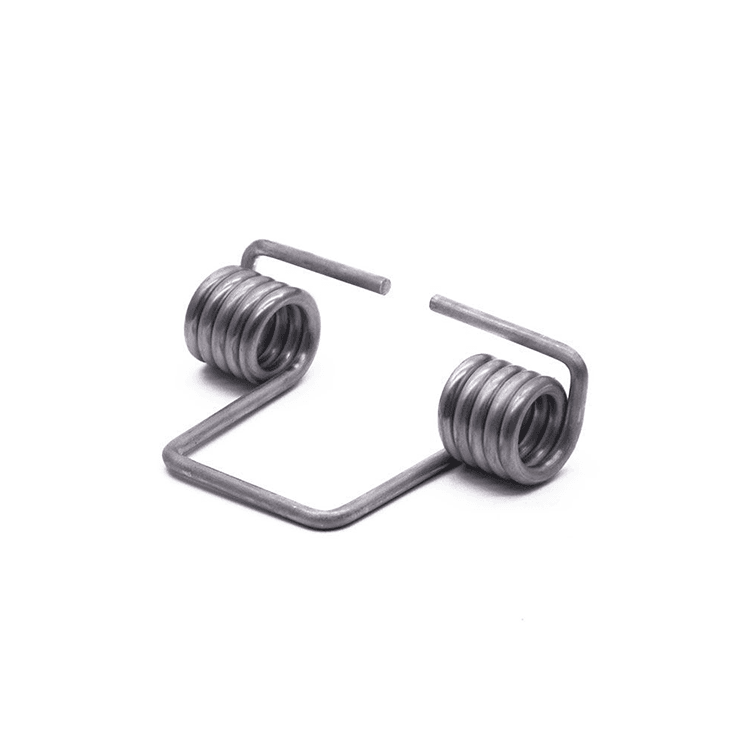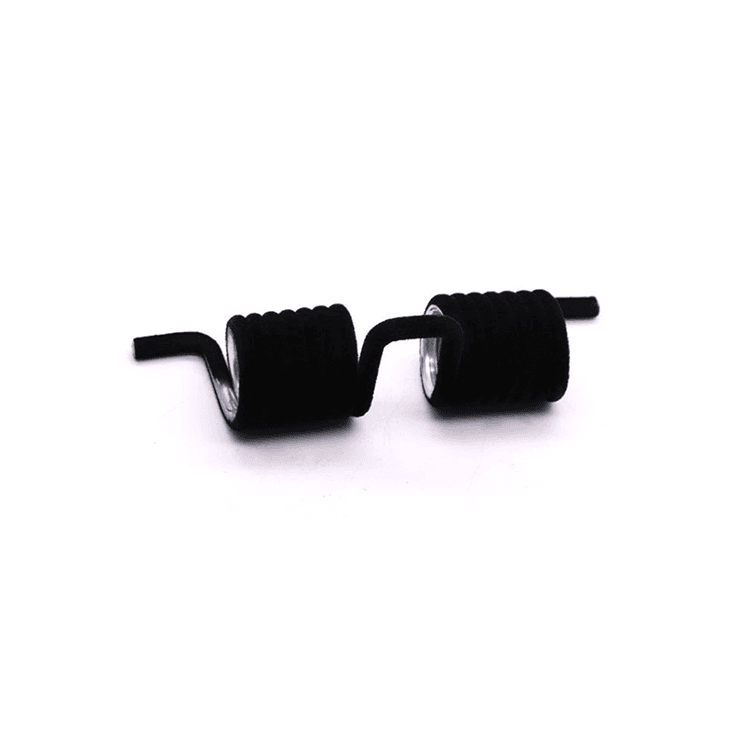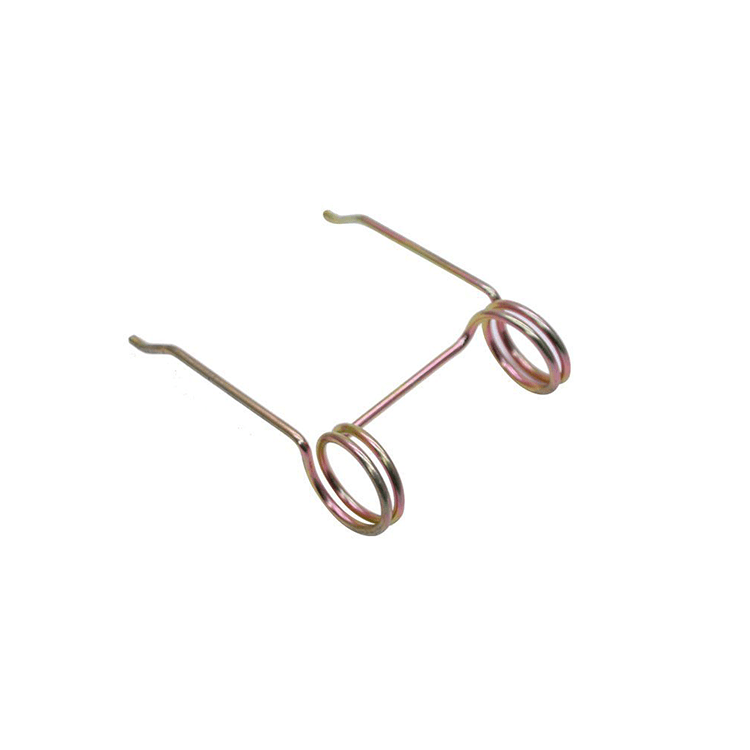Choosing a good China spring manufacturer is also the key to ensuring the quality of torsion springs
The service life of a torsion springs is affected by many factors, so it is difficult to give a specific number to summarize its life. Here are some factors that affect the service life of torsion springs:

- Material: The material of the torsion spring has a direct impact on its life. High-quality, high-elastic-modulus materials generally have a longer service life. Common materials include stainless steel, carbon steel and alloy steel. Among them, stainless steel is often used in situations requiring long-term use due to its corrosion resistance.
- Working environment: The working environment of the torsion spring is also an important factor affecting its life. For example: high temperature, humidity, corrosive environment or environment subject to frequent impacts will accelerate the wear and aging of springs.
- Design parameters: The design parameters of the spring, such as wire diameter, number of turns, free length, working load, etc., will affect its service life. Properly designed springs can better adapt to the working environment and extend their service life.
- Use and maintenance: Correct use and timely maintenance can significantly extend the service life of torsion springs. For example, avoid excessive twisting, regularly inspect and replace severely worn springs, etc.
- Quality: The manufacturing quality of springs is also a key factor affecting their lifespan. Well-manufactured springs with uniform materials generally have a longer service life.
Extend the service life of torsion springs
During the installation and use of torsion springs, what details require special attention to extend their service life.
一. Installation link
1. Inspection before installation:
- Check whether the appearance of the torsion spring is damaged, such as scratches, cracks, etc. These surface defects may become stress concentration points, which may easily cause the spring to break during use.
- Confirm whether the spring specifications meet the design requirements, including spring size, elastic modulus, torque and other parameters.
2. Installation tools and methods
- Use appropriate installation tools to avoid damage to the spring during installation.
- Install according to the correct installation direction. Some torsion springs have specific torsion direction requirements. If the installation direction is wrong, the stress of the spring will not match the design during use, which may easily lead to early failure.
3. Installation location and matching components
- Make sure the installation location is clean to prevent impurities from getting between the spring and mating parts. Impurities may increase friction, affect the normal torsion of the spring, and may also wear the surface of the spring.
- Check the parts that cooperate with the torsion spring, such as shafts, pins, etc. The dimensional accuracy and surface roughness of these parts will affect the working condition of the spring. If the diameter tolerance of the shaft is too large or the surface is rough, the spring will be eccentric after installation, causing uneven force during the torsion process and reducing the service life of the spring.
二. Usage links
1. Initial debugging and running-in
- When using a torsion spring for the first time, proper debugging and running-in are necessary. Perform several operations at a lower twisting speed and smaller twisting angle to adapt the spring to the load and operating environment.
- Observe the reaction of the spring during the initial debugging process, such as whether there is any abnormal sound, whether it can be restored to its original position smoothly, etc. If abnormalities are found, they should be checked and adjusted in time to avoid the problem from worsening in subsequent use.
2. Load change monitoring
- During use, the load changes experienced by the torsion spring are continuously monitored. The torsion force and torsion angle can be measured by installing sensors. If it is found that the load exceeds the design range, stop using it immediately and check the reason.
3. Regular maintenance and inspection
- Perform regular maintenance and inspections on torsion springs, including cleaning the dirt and impurities on the spring surface and checking the appearance of the spring for new damage.
- Check whether the elastic properties of the spring have changed. The torque-twist angle characteristics of a spring can be measured by simple manual testing or by specialized testing equipment.
The service life of torsion springs is a complex issue that is affected by many factors. In order to extend the service life of the torsion spring, it is recommended that when selecting the spring, you should consider factors such as its material, working prospects and design parameters, pay attention to correct usage and timely maintenance during use, and choose a reputable Chinese spring Spring manufacturers are also key to ensuring spring quality.



